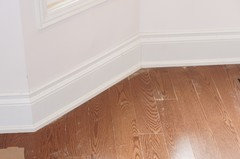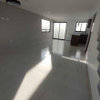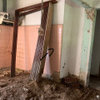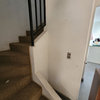Shoe moulding ? Do we need it?
clubpett
hace 9 años
Respuesta destacada
Ordenar por:Más antigua
Comentarios (14)
Select Hardwood Floor Co.
hace 9 añosÚltima modificación: hace 9 añosclubpett agradeció a Select Hardwood Floor Co.Strataline Inc.
hace 6 añosÚltima modificación: hace 6 añosS G
hace 5 añosItrimit
hace 5 añosCarlos Lovera
hace 5 años

Patrocinado
Volver a cargar la página para no volver a ver este anuncio en concreto






Interior Affairs -- Vickie Daeley